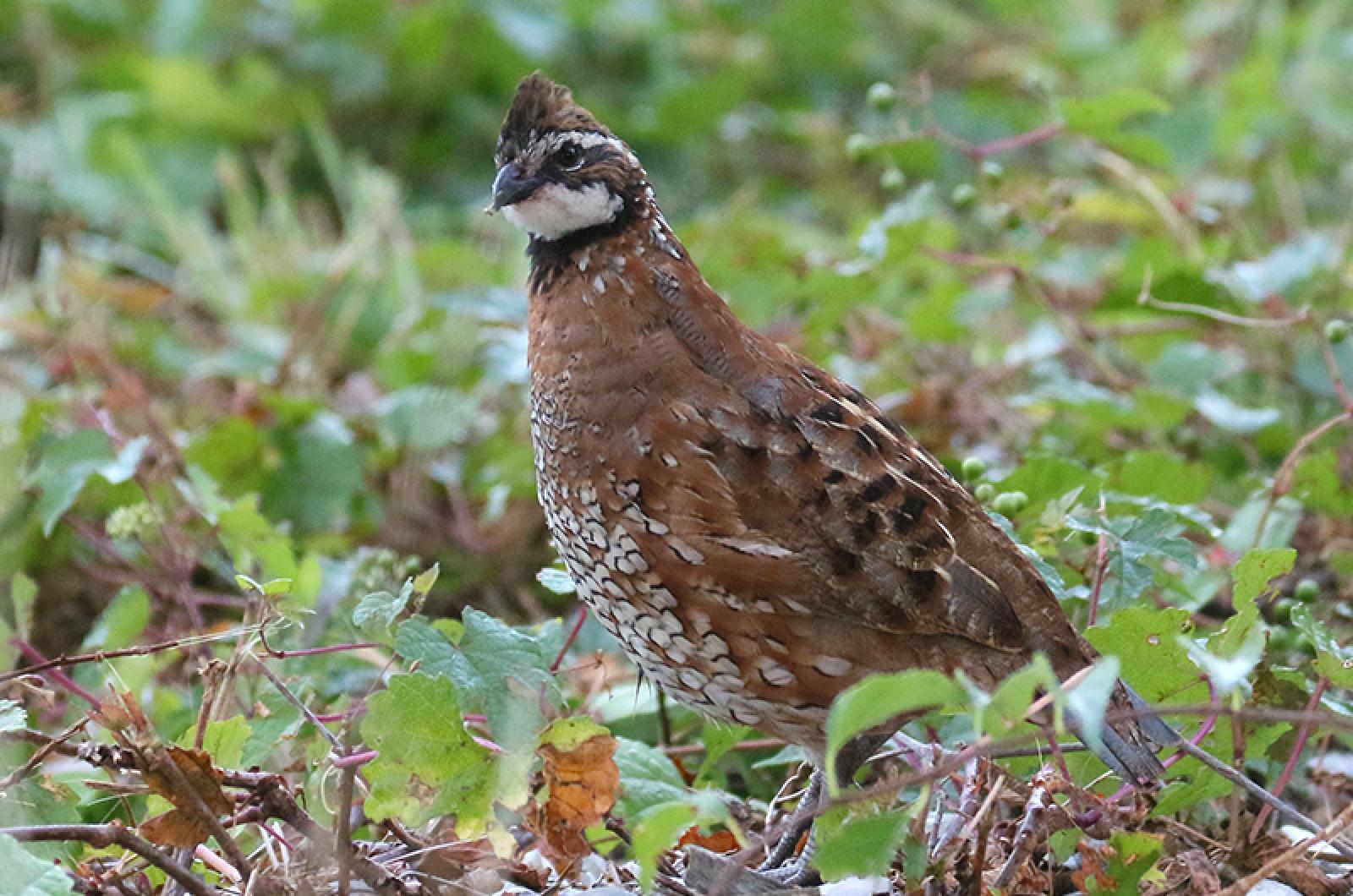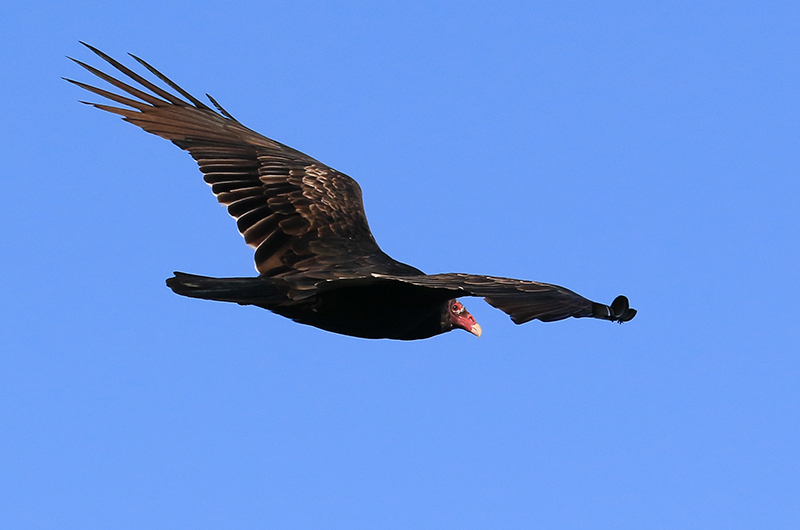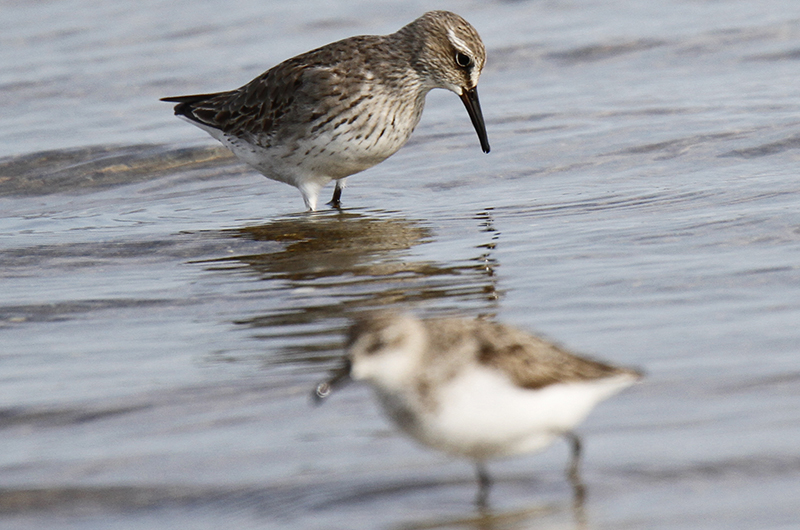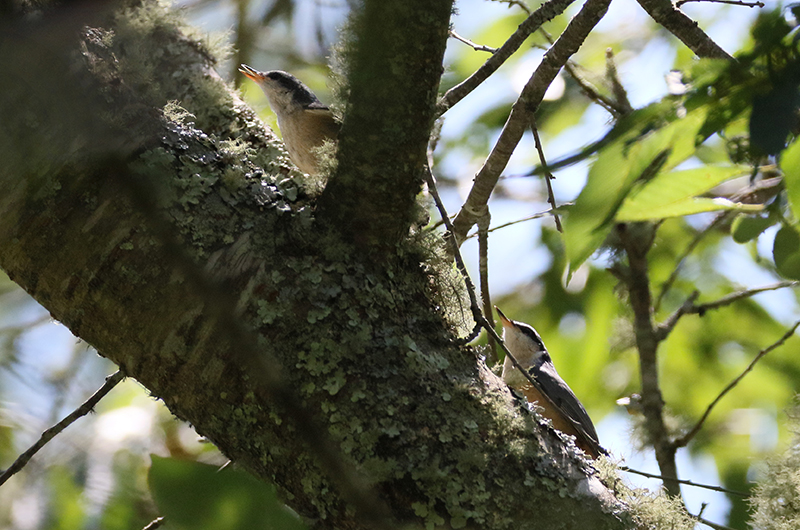Why were there nine gulls at the Bend in the Road Beach late in the afternoon of August 7? There were two adult ring-billed gulls, two adult great black-backed gulls and all four age classes of herring gulls: two juveniles, a one-year-old, a two-year old and an adult. All were milling around amongst the beach goers, frequently picking up little bits of food left there by beach-goers.
The gulls (and crows and skunks) have learned that people bring food to the beach and inevitably leave scraps on the beach. Or, as Anne Culbert observed that afternoon, a bold great black-backed gull even walked up to an unattended picnic basket and flew off with someone’s sandwich! We see similar behavior aboard the ferries that shuttle us back and forth from Woods Hole, where the gulls – sometimes unexpectedly - snatch food out of our hands.
There are consequences for providing food to these predators. Before the 1980s, we had open dumps where we put our trash to be buried. These actions lead to a profusion of gulls at every dump and gull populations increased due to the guaranteed food. From my family’s house, I remember watching the daily gull migrations between the Oak Bluffs dump and their nesting colony on Sarson’s Island. We now have much cleaner transfer stations that do not provide extra food for the gulls, there is no daily gull migration and gull populations have declined.
But back to the beach, where we still attract gulls by feeding them. Imagine you are a federally-protected piping plover, or any other bird, attempting to nest near a popular beach. By and large, people have roped off a section of the beach for you, which people stay out of. But the free food on the nearby beach attracts gulls, and the gulls do not pay attention to the symbolic fencing; they wander all over the place and are more likely to find – and consume – your eggs or young chicks.
Such predation is less likely if we had not provided food that attracted the gulls to the heavily used beach. All beach animals are adversely impacted by the depredations of opportunistic gulls, crows, skunks, and raccoons.
Bird Sightings
Tropical Storm Isaias by and large missed us as it travelled up the Atlantic Coast and then up the Hudson River Valley. We did not get tropical storm force winds and, perhaps because of that, we did not get any stray birds carried northward by the storm.
Jonathan Lange spotted what is likely the first sighting of a western kingbird this year. This species wanders eastward every fall but the easternmost sighting of this species in August is from St. Louis, Mo. Caution is necessary here because Tropical Storm Isaias could have carried southern strays northward that are very similar. A photograph is necessary to confirm the identification but the bird has not been seen again.
Lesser black-backed gulls are starting to show up, as two individuals were spotted, or perhaps one bird was seen twice. On August 9, Angela Pugliese saw one on State Beach. And an anonymous birder reports one the day before at Lighthouse Beach in Edgartown. Please be careful identifying this species, as the much more common adult laughing gull is another smaller gull with a dark gray back.
An early sighting of a red-breasted merganser in Edgartown Great Pond on August 6 was seen by Bridget Dunnigan and Sea Williams. This species is usually an October arrival. They also spotted yellow-billed cuckoo, great blue heron, great egret and the usual shorebirds.
For the soon-to-be-ending breeding season, we have two conformations of breeding songbirds. Susan Whiting observed five fledgling eastern bluebirds along Old Fields Path in Chilmark on August 5. And Lanny McDowell confirmed breeding red-breasted nuthatches when he watched an adult take food from his feeders and fly up to feed a youngster on August 6. Small numbers of this latter species breed here in most years but we seldom get confirmation of this.
Hans Goeckel visited The Farm Institute on August 8 and his highlights include eastern kingbird, barn swallow, brown-headed cowbird and turkey vulture. And the next day, Peter Kramer got excellent looks at a wood thrush in his yard as it mingled with a flock of robins.
Lanny McDowell also spotted a covey of four bob-whites at Sheriff’s Meadow Sanctuary on August 9, while others were heard calling from the northern end of the pond. And Trent Hagerty spotted one at nearby Ox Pond Meadow on August 2. I am jealous; I hear them every time I go there but have yet to see them.
Finally, Samantha Greene heard a raven in early August and Nicole Cabot has one coming every evening to eat the chicken feed they put out. I hear them calling as they regularly fly over my house and Mike Savoy has been seeing one hanging out near the Vineyard Haven Town Hall.
Robert Culbert is an ecological consultant with Nature Watch LLC living in Vineyard Haven.











Comments (1)
Comments
Comment policy »